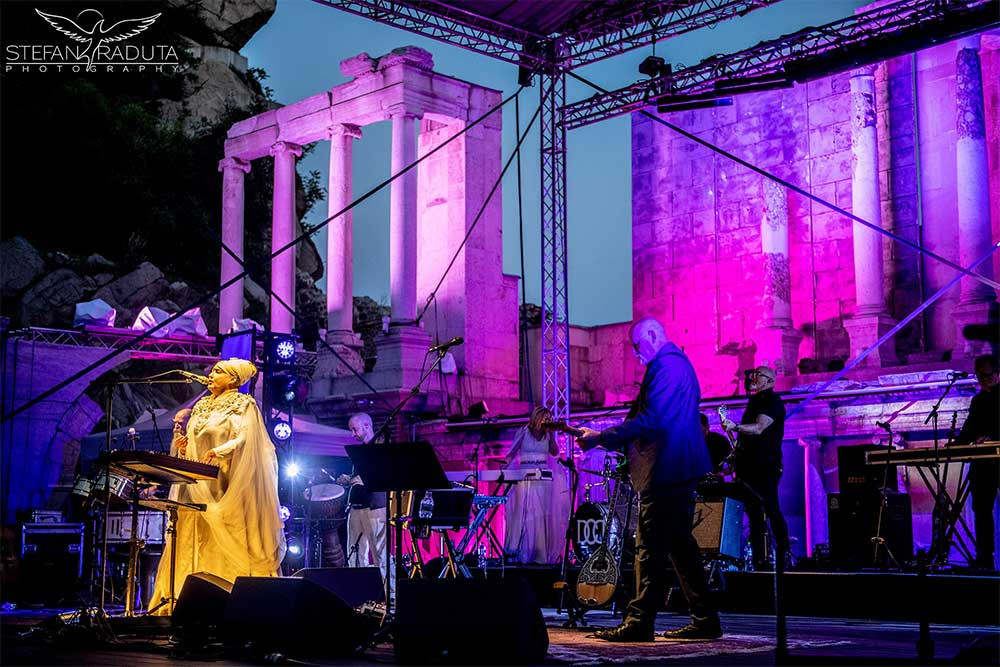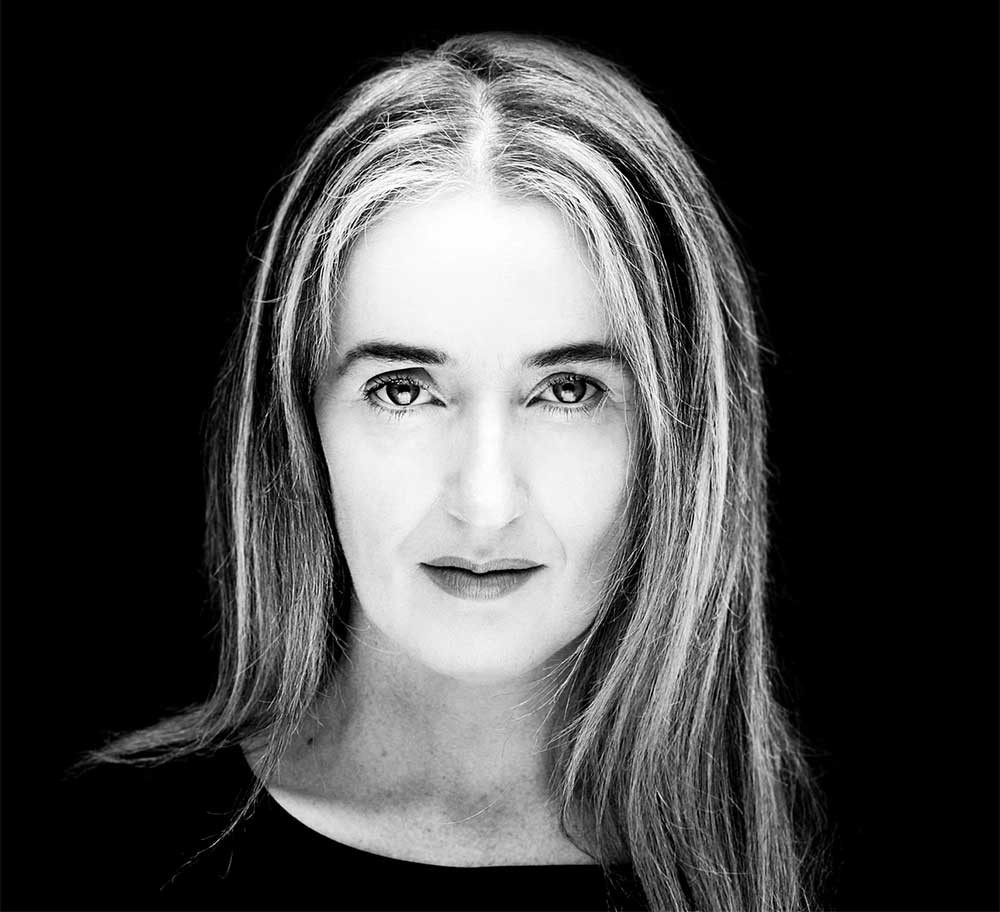Lisa Gerrard stands as a pivotal figure in contemporary music, instantly recognizable as half of the iconic duo Dead Can Dance. Beyond her groundbreaking work with the band, her contributions to film scores, notably the Oscar-winning Gladiator, have solidified her status as a visionary artist. In this insightful conversation, Gerrard delves into the profound connection between music, memory, and spirituality, offering a glimpse into the soul of Dead Can Dance.
“I know that I’ll be singing for the rest of my life,” Gerrard affirms, her voice imbued with conviction. “For as long as I live, I will sing, because I believe it’s a God-given gift to share with others.” This isn’t about fame or fortune, she clarifies, but about forging a “lovely connection with people.” Life’s inherent difficulties, the relentless adversities, are acknowledged, yet within this struggle, art emerges as a defiant crack in the system. Music, especially in live performance, becomes this crack – a space for unity and shared profound experience, the very essence of Dead Can Dance’s enduring appeal.
Dead Can Dance Live in Ancient Settings
Experiencing Dead Can Dance in Plovdiv, Bulgaria, in June 2019, was nothing short of magical. The concert unfolded within a Roman amphitheatre dating back to the 1st century, a setting that amplified the band’s already ethereal sound. When asked if performing in such a historically charged space alters the musical experience compared to modern venues, Gerrard offers a grounded perspective.
“No, I don’t think so,” she reflects. While appreciating the open air of the ancient venue, she believes the location’s impact is perhaps more keenly felt by the audience. For the musicians on stage, the focus is internal, directed towards the “connection you share with them.” The grandeur of the setting, though visually stunning for spectators, recedes into the background for the performers. Gerrard emphasizes that a Dead Can Dance concert transcends spectacle; it’s about “establishing that connection with a group of people who’ve come to embrace something you’ve held close to your heart all of your life.”
 Dead Can Dance performing live at the ancient Roman amphitheatre in Plovdiv, Bulgaria. The band, featuring Lisa Gerrard, connects with the audience in a spectacular setting.
Dead Can Dance performing live at the ancient Roman amphitheatre in Plovdiv, Bulgaria. The band, featuring Lisa Gerrard, connects with the audience in a spectacular setting.
Collaboration with The Mystery of the Bulgarian Voices
Further opportunities to witness Lisa Gerrard’s artistry arose, including a performance in Stockholm alongside The Mystery of the Bulgarian Voices. This renowned all-female choir, celebrated for their modern interpretations of traditional Bulgarian folk songs, holds a special place in Gerrard’s musical heart. Their distinctive style, characterized by dissonant harmonies and diaphonic singing, resonates deeply with her.
“The Bulgarian Voices are everything I ever wanted from music,” Gerrard confesses, her admiration palpable. The emotional power of their voices moves her profoundly, evoking “pure joy, pure beauty.” She marvels at their ability to create “angelic cathedrals” with their voices, while remaining grounded and humble in their everyday lives. These are “regular people who work in factories during the day but when they sing, they break your heart because it’s so beautiful.” This shared passion for singing, devoid of pretension or complex explanations, embodies the unifying power of music that Dead Can Dance also explores in their work. It’s about simple, profound connection, a space “where they feel well and forget their daily problems.”
Stockholm Memories and History
Reflecting on past performances in Sweden, Gerrard recalls a Dead Can Dance concert from the late 1980s in Stockholm. Her memories paint a picture of a city that felt “cut off from the rest of Europe, highly insular.” She sensed a “very different energy” and perceived a certain “oppression,” particularly amongst the younger generation. This was a subjective impression, she clarifies, based on observations like audience members reacting intensely to minimal alcohol consumption and an overall atmosphere of strictness.
Stockholm’s deep history also left a mark. Gerrard recounts feeling the weight of past events, particularly in a square associated with executions – likely Stortorget, the site of the infamous Stockholm Bloodbath of 1520. This historical event, where Danish King Kristian II executed numerous Swedish nobles, casts a long shadow over the city. The brutal details of the Bloodbath, with bodies left in the square and the decomposed remains of Sten Sture the Younger exhumed and burned, highlight a dark chapter in Stockholm’s past. Gerrard, with her sensitivity to atmosphere, felt deeply touched by this historical presence, even decades later. She muses on the power of language, suggesting that untranslatable words can awaken “distant recollections,” hinting at the enduring impact of history on a place and its people, a theme that resonates with the evocative nature of Dead Can Dance’s music.
 Close-up portrait of Lisa Gerrard, vocalist of Dead Can Dance, discussing the soul and spirit in music during an interview. Her insights reveal the depth of Dead Can Dance's artistic vision.
Close-up portrait of Lisa Gerrard, vocalist of Dead Can Dance, discussing the soul and spirit in music during an interview. Her insights reveal the depth of Dead Can Dance's artistic vision.
Film Scores and Atmospheric Storytelling
Lisa Gerrard’s extensive work in film scores, culminating in a Golden Globe for Gladiator, represents another facet of her artistic versatility. Initially, she shared a common skepticism towards soundtracks, perceiving them as “music written for people who don’t like music.” However, her perspective evolved as she delved into the craft, discovering a deep fascination and enjoyment in film composition.
For Gerrard, film scoring is fundamentally about “creating an atmosphere.” This involves layering multiple levels of ambience, from the immediate mood of a scene to the deeper emotional context of the characters and the overarching narrative. She explains the process as “storytelling – from each individual character’s point of view, within the film plot, or as a broad stroke of the whole picture.” The choice of instrumentation becomes crucial in establishing this atmosphere. Using Polynesian instruments for a film set in Polynesia is a logical starting point, but the real artistry lies in crafting the “emotional context” that resonates with the characters’ journeys. This dedication to atmospheric depth mirrors the immersive soundscapes that define Dead Can Dance.
Soul vs. Spirit: The Essence of Dead Can Dance
Many listeners describe Dead Can Dance’s music as spiritual. However, Gerrard offers a nuanced perspective, distinguishing between “soul” and “spirit.” For her, Dead Can Dance is less about spirituality and more about “unlocking the soul tissue.” She emphasizes that “music comes from the soul whereas spirituality doesn’t need music.”
Spirituality, in her understanding, is “an evolution of experiences from which your spirit has grown.” It’s about selfless love and personal growth, transcending the confines of organized religion. “When making decisions, you don’t do something out of selfish behaviour; you do it because you love a concept more than you love yourself.” This selfless love, sincerity, purity, and truth are the cornerstones of spiritual evolution. While religions often attempt to codify this evolution, Gerrard believes true spirituality exists beyond dogma and philosophy.
Music, on the other hand, is rooted in the soul – “a soulful experience” born from “natural experiences” and shared emotions. It’s within this “soul pool” that music, including the evocative sounds of Dead Can Dance, originates. Gerrard’s distinction highlights the earthly, emotional core of Dead Can Dance’s music, even as it reaches for transcendent heights. It’s a music of the soul, deeply human and resonant, exploring the complexities of emotion and experience, rather than explicitly aiming for a spiritual doctrine. This focus on the soul’s landscape is central to the enduring power of Dead Can Dance.
This exploration of soul and spirit offers a profound insight into the artistic ethos of Lisa Gerrard and Dead Can Dance. Their music, deeply rooted in emotional experience yet reaching for something beyond the material, continues to captivate and move listeners worldwide. For a more in-depth exploration of Dead Can Dance and their history, readers are invited to look for the forthcoming interview in Bardo Methodology #6.

